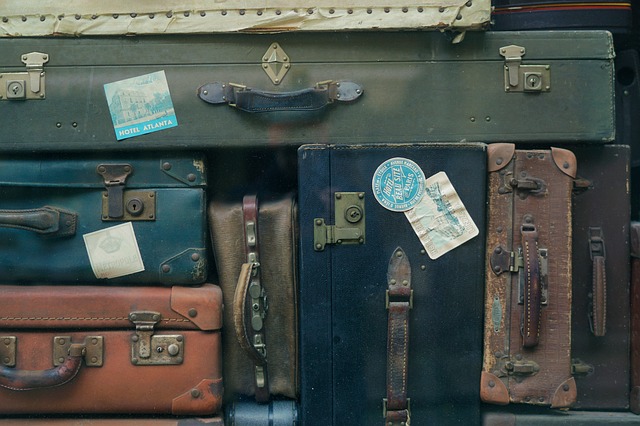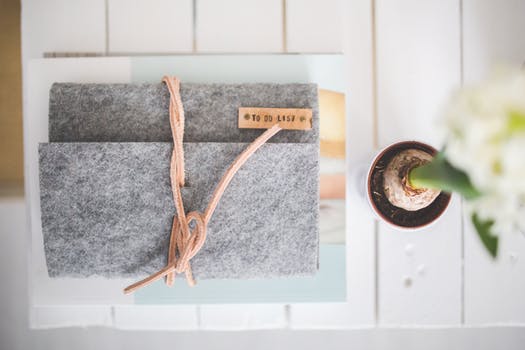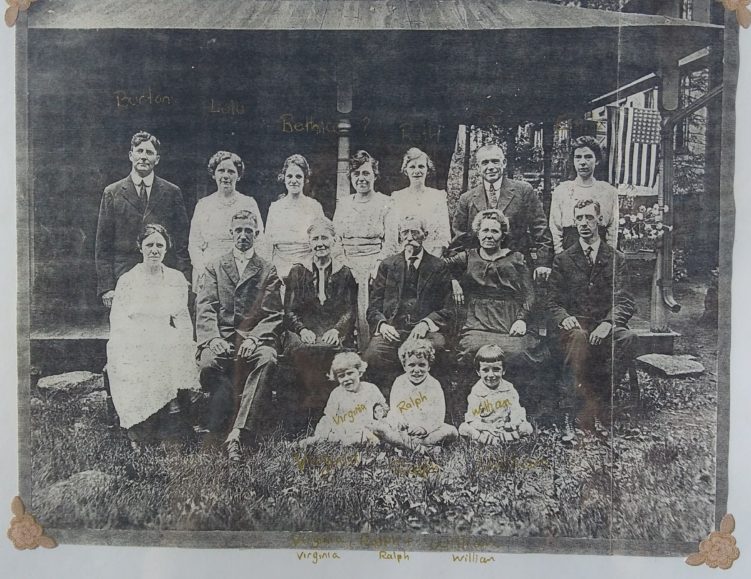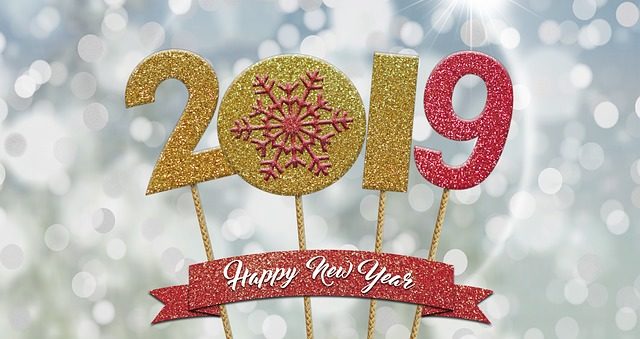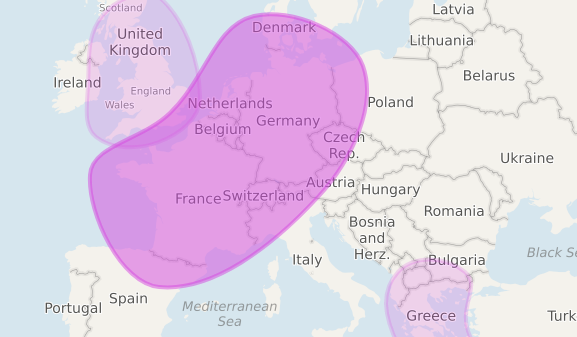Edward Callaghan lived quite an eventful life and the funny thing is I never knew that not only was he the ancestor of an elementary school friend of mine, but would also become the ancestor of one my children. I've tried for months to sum up his life. We'll see if I succeed this time. My ...
family history friday
Genealogy Goals
In January of 2019, I put out the declaration that 2019 would be the year I found Great-Great Grandma Emma. After 26 years of searching for her place of birth without luck, that was a pretty bold thing to say. Especially since I did everything wrong in 2019. Here's what we can all learn from my ...
Emma Anna Murphy Regan Shaw
I like to go shopping at 7 a.m. Okay, that's not true. I just so happen to be up at 6:30 to get the kids out the door by 7, and it's convenient for me to go shopping as soon as they get on the bus. I don't actually enjoy driving into town that early, but the store is pretty empty, the line at ...
Family in Our Heart
DNA is a wonderful tool for the family historian. But what happens when the unexpected comes up, when your parents, grandparents, or great-grandparents aren't connected to you biologically, after all? I've encountered so many surprises thanks to DNA. My own parents? Both mine. My sister? Stuck ...
2019: The Year I Find Emma
I am confident that 2019 will be my year - the year I find the origin of my great-great grandmother, Emma Anna Murphy. Emma, who married first a Mr. Reagan and then my great-great grandfather, Erastus Bartlett Shaw of Middleborough, Massachusetts in 1888. The first time I tested my DNA was in ...
DNA Testing: Caveats
Family Tree DNA first began offering direct-to-consumer genetic testing in 2000. After years of reading articles about the success people had with DNA testing for genealogy, I took my first test in 2006. Only a year later in 2007, 23andMe joined the party, and now everyone is doing it. Yet, not ...
